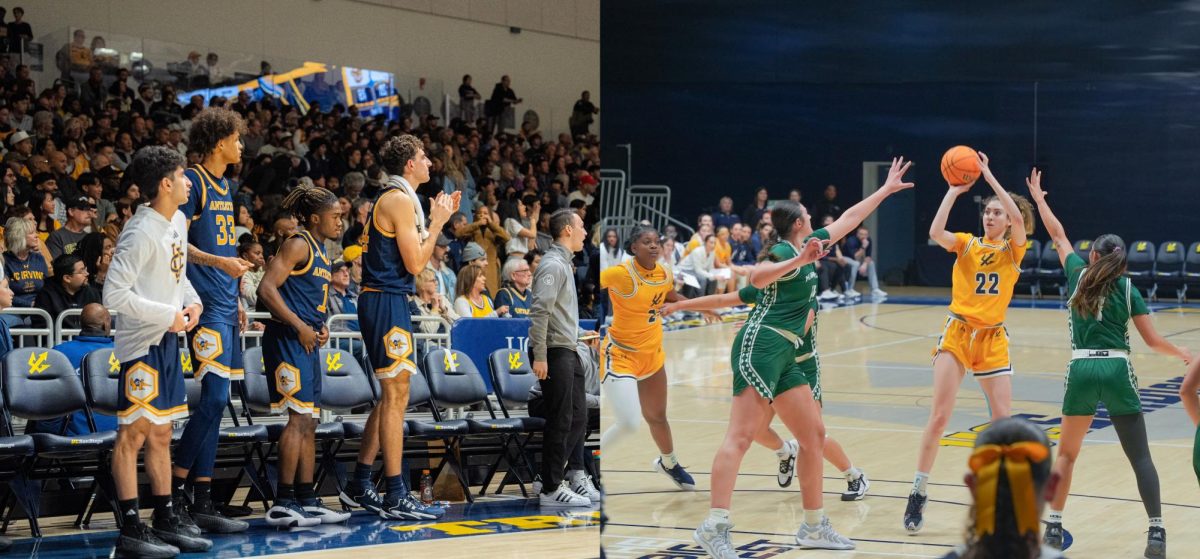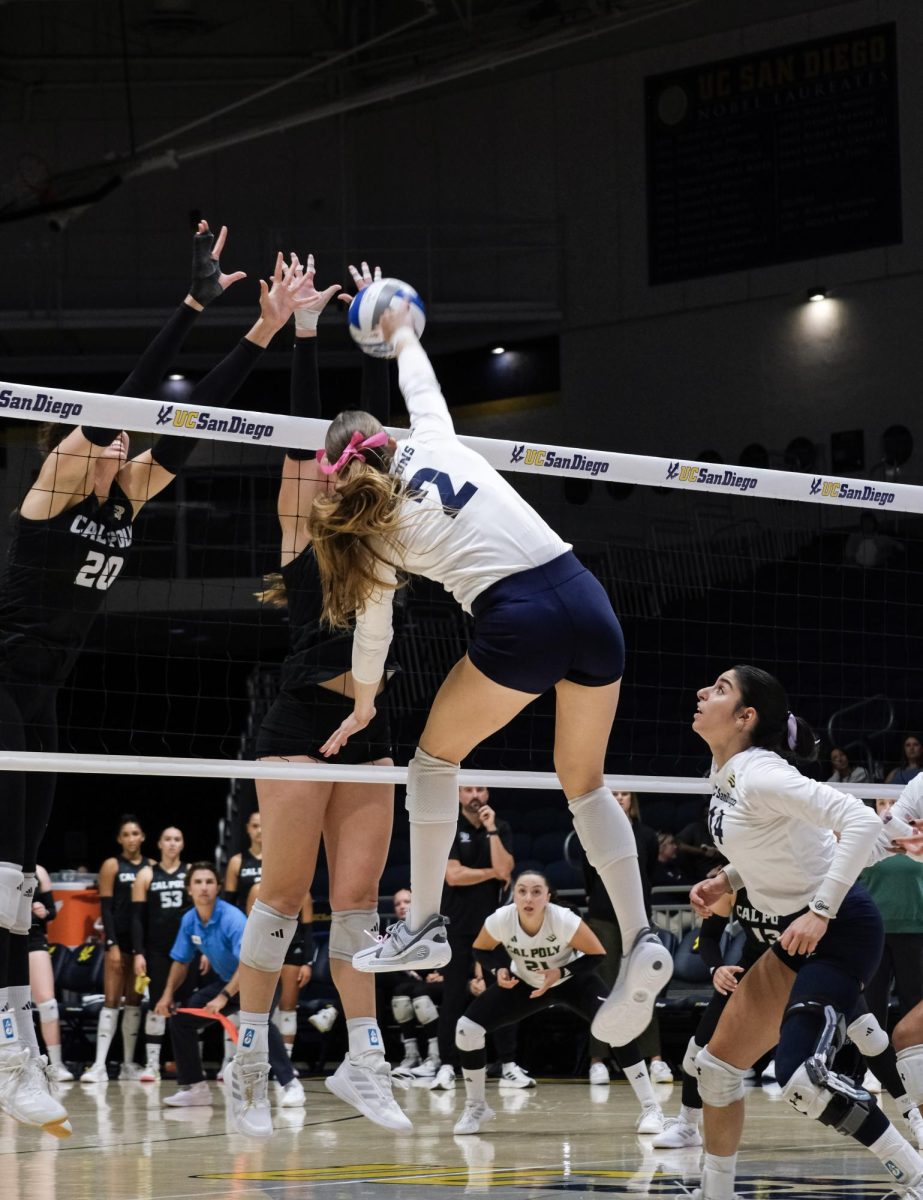When it was created for the 2014 season, the College Football Playoff (CFP) was hailed by many as a more equitable way to decide college football’s national champion. While it gained its fair share of detractors, the CFP further widened access to the national championship game, compared to the previous Bowl Championship Series (BCS) regime. But as years have gone by and the same teams have appeared in the bracket time and time again, frustration with the CFP and its selection process has grown. But while the CFP, flawed as it is, takes much of the blame, the root of fans’ issues with the game are far deeper, and far more entrenched in college football than the bracket itself.
If we take a step back, we can at least say for sure that things used to be worse. For most of the history of college football, there was no unified national championship. Prior to the 1998 introduction of the BCS, there were 10 different occasions where the Associated Press Poll and the Coaches Poll —the two most prestigious rankings — disagreed, leading to a split championship. In order to fix that, the BCS system instituted a championship game, at first as one of the major existing bowls, and later as a separate match.
But the BCS received criticism over its use of computerized algorithms as a factor in ranking, its lack of representation of mid-major conferences, and the fact that it didn’t always solve the problems it was meant to — in 2003, the championship was split yet again between the University of Southern California and Louisiana State University, and in 2004, five teams went undefeated, only two of which could play for the title. So, we got ourselves the College Football Playoff — four teams, selected by a 13-member committee, adding just one game to the college football schedule. Fans who had advocated for “giving everyone a shot” had finally received their wish, right?
If only things were so simple. See, college football, as a profoundly American institution, has its fair share of systemic inequality. The teams in the CFP have started to look awfully familiar: just four teams — Alabama, Clemson, Oklahoma, and Ohio State — account for over 70 percent of CFP appearances. The situation has worsened in the 2020–21 season, where teams may have played drastically different numbers of games. Ohio State made this year’s playoff undefeated, but having played only six games, leading to criticism from fans of teams like 8–1 Texas A&M, 9–0 Cincinnati, or 11–0 Coastal Carolina.
But many of the issues with the CFP are really deeper issues with college football. Unlike professional sports, there is no expectation of parity between teams, and the lack of turnover at the top means that schools like Alabama and Ohio State are able to recruit astoundingly talented players year in and year out. Furthermore, there is no formal structure whereby any team can become a champion, meaning that many mid-major teams, like the aforementioned Cincinnati and Coastal Carolina, cannot make the playoff even if they go undefeated for their entire schedule. The small number of games in a season doesn’t help either — a massive, March Madness-style tournament where even an unheralded newcomer like UC San Diego could theoretically win a title wouldn’t work with football — so fans are constantly left wondering if the best team really does win.
Perhaps our attitude about the game just needs to change. College football is the most top-heavy major sport in the US, but it pales in comparison to the major continental European soccer leagues, where teams like Bayern Munich, Barcelona, Real Madrid, Paris Saint-Germain, and Juventus routinely dominate their worse-funded, less-prestigious competition.
But fans of those less-fortunate teams still love them, because their year revolves around non-championship incentives, like getting far in the domestic cup, beating their rivals, or having a chance to play in pan-European competition. It certainly might help that in a playoff-less system, you can have a great season that doesn’t end in a gut-wrenching loss. Is the key to enjoying sports for non-title-caliber teams — as Jon Bois advanced in his exceptional documentary last year about the Seattle Mariners — to abandon the dream of a ring and just enjoy the ride? Such an idea is certainly unfair, and might go against the heart of American sports fandom, but for fans of mid-major and small schools, it’s the best they’ve got right now.
If it’s not clear by now, there doesn’t really exist a system that could make everybody happy. The closest might be an eight-team playoff, with the champions of the top five conferences qualifying and the remaining three bids being chosen at-large — perhaps mid-major conferences could be guaranteed one of these at-large bids. But that would add another game to the season, and might be seen as unfair to the top teams, who may have already decisively defeated the at-large teams in the regular season. What’s more, for every underdog this system includes that rises to the top, we might see far more unwatchable, low-rated blowouts between teams of different calibers. (Not that this doesn’t happen already — sorry Notre Dame.) And one can’t help feeling that the corporate sterility of the CFP infringes on the rich history and conference associations of the major bowl games, which would lose out even further with a three-round playoff. This isn’t to say the eight-team playoff isn’t superior — from a fairness standpoint, it absolutely is — but every cry to once again widen the playoff field should merit at least this brief consideration of the tradeoffs.
Whether Ohio State or Alabama is victorious on Monday, the controversy about who gets a shot at a championship will continue to be a topic of debate, in the barbershop and in the CFP boardroom. And maybe it’s better that way. Yes, avoiding a split championship or a left-out undefeated team is better for the game as a whole. But a single-minded obsession with widening the playoff field for fear of losing out on that occasional sleeper champion not only ignores the issues with a larger field, but it also loses sight of the broader reality of college football’s inequality. Dealing with that reality instead of trying to abstract it away might be the only real solution to the playoff problem, even if that means letting some of the what-ifs remain.
Photo courtesy of Wikipedia / J1n9









Joseph • Jan 31, 2021 at 9:07 am
Interesting news for sports fans. It’s great that now we have the opportunity to follow all the news in real time, FootyScores offers the results of all kinds of championships, cups and tournaments in football, which is very convenient, wherever you are